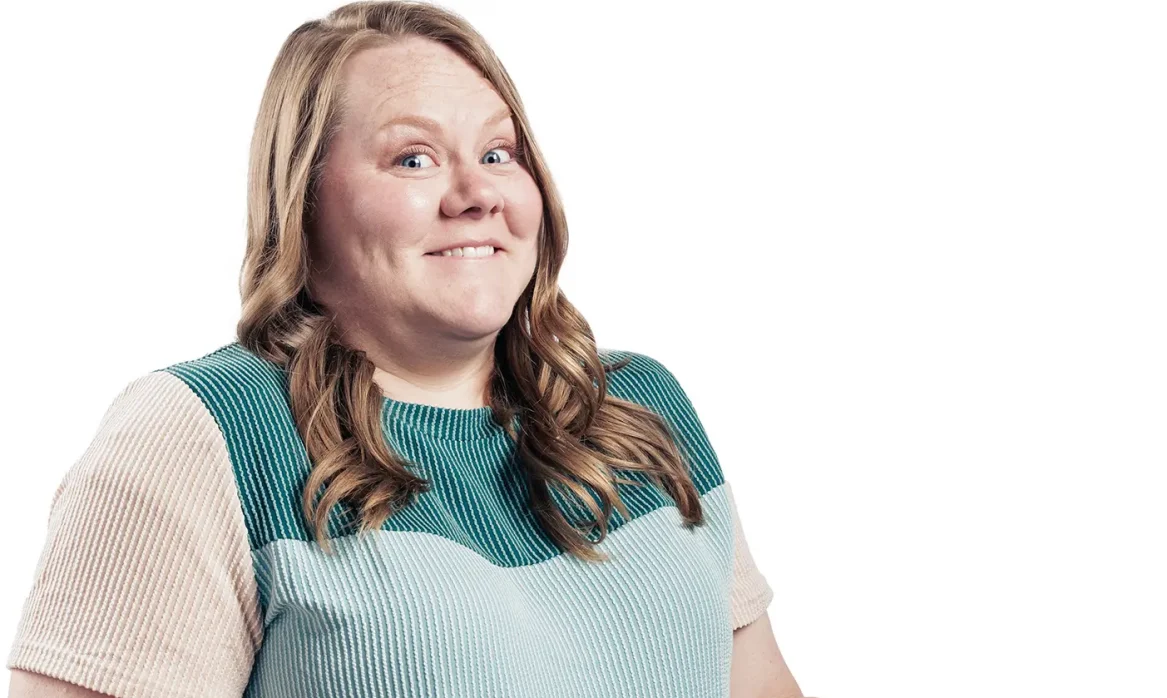If you have $100 to spend on clothes, would you buy 20 pieces for $5 each or 4 for $25 each? The answer may seem obvious— we all want to get the most for our money. “That’s the reason why fast fashion has taken off,” says BYU clothing and textiles professor Amber Williams: it’s incredibly cheap at a time when many don’t have extra funds.
But what if you knew the cheaper clothing would fall apart before the next season while the more expensive items would last years? Fast fashion seems more affordable, but Williams—who learned to make and mend clothing from her grandmothers and now teaches BYU students to do the same—says it benefits our wallets and the planet when we invest in clothing that lasts.
How is slow fashion different from fast fashion?
A: Fast fashion is trendy, cheap clothing with a short lifespan. Slow fashion, on the other hand, is timeless: classic closet staples that will not trend out at the end of the summer, made by brands that prioritize quality. Cost is typically higher because you’re getting better fiber, yarn twist, and construction. It’s going to last a lot longer.

How can we find clothing that’s both affordable and high-quality?
A: If you are more intentional in your shopping, you can find better-quality brands without paying full price. Look for sales, thrift, shop second-hand websites, and check Facebook Marketplace. Some higher-end brands sell their preowned clothing online at a discount.
How do we strike a balance between trendy clothes and timeless designs?
A: When you’re buying something new—a basic T-shirt, for example—ask yourself two questions: First, can it serve multiple roles in your wardrobe? Could you wear it casually at the beach and pair it with nice pants and a blazer at work? Choose high-quality items with more than one application. And second, do you really need it? Can you fulfill that need without buying another piece of clothing?
What can we do with old, worn-out clothing?
A: Make something new: if you can sew, mend or repurpose the item into something new. Or if the garment is faded or stained, you could dye it and create a new effect. We’re seeing companies starting to collect and recycle textiles into felts and insulations, and some higher-end brands encourage clothing repair as a way to tell your story.












